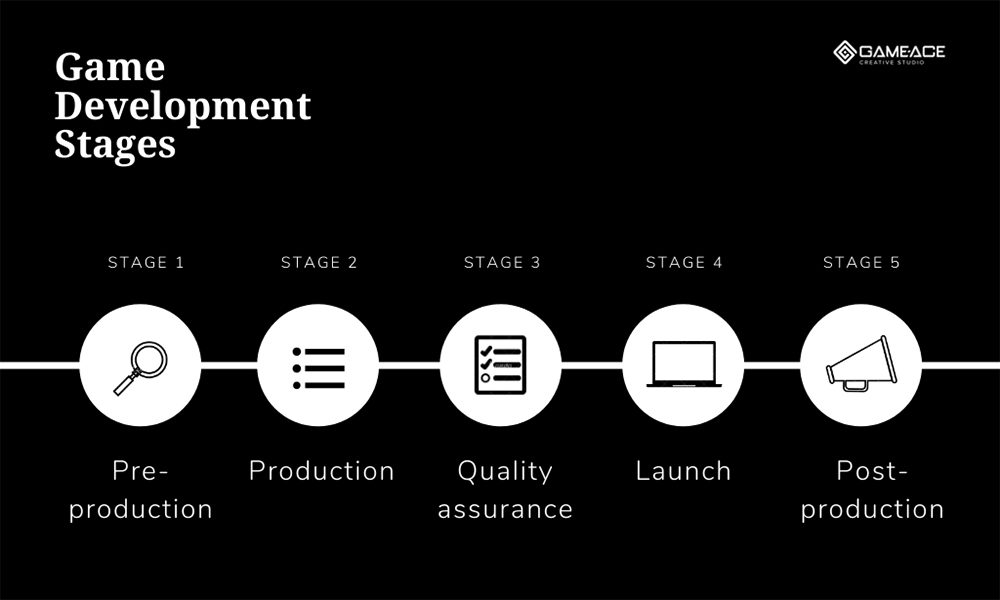Game development involves a complex process that varies depending on the type of game, with the game engine being the core software system providing overall functionality. It manages physics, collision detection, AI, camera control, lighting, and more. The process behind the scenes includes conceptualization, design, implementation, testing, and optimization. The conceptualization stage involves defining the game engine’s goals and objectives, while the design stage creates a detailed document outlining the features, tools, and libraries required. The implementation stage involves writing code for various parts of the game engine, and testing ensures its stability. Finally, optimization aims to ensure the efficient running of the game engine.
Behind the Scenes: An Inside Look at the Game Engine Development Process.
Introduction
Games are an important part of entertainment today and they are developed through a complex process that involves a lot of steps. The game development process can vary depending on the type of game, but the one common element in any game is the game engine. The game engine is the core software system that provides the overall functionality of a game. In this article, we’ll look at the process behind the scenes of the game engine development process.
The Importance of a Game Engine
The game engine is the foundation of any game. It’s responsible for bringing all the different parts of the game together into a cohesive whole. The game engine manages things like physics and collision detection, AI, camera control, lighting, and much more. Every game engine is unique and has its own set of tools, libraries, and APIs.
The Stages of Game Engine Development
Game engine development is a complex process that involves a lot of steps. Here is a breakdown of the major stages of game engine development:
1. Conceptualization
The first stage of game engine development is the conceptualization stage. This stage involves defining the game engine’s goals and objectives. The team will identify what type of game they are developing, what platform it will be released on, and what features the game engine will need to have.
2. Design
After the goals and objectives of the game engine are defined, the team will move onto the design stage. During this stage, the team will create a detailed design document that outlines the features, tools, and libraries that the game engine will need to have. This document will guide the development team throughout the rest of the process.
3. Implementation
The implementation stage is where the actual development of the game engine takes place. The team will use the design document to create the code for the game engine. This involves writing code for the different parts of the game engine, like physics, graphics, and AI.
4. Testing
Once the game engine is developed, it will go through a rigorous testing process. This is done to ensure that the game engine works as intended and is stable. The testing process involves running the game engine through a series of tests to find any bugs or glitches.
5. Optimization
The final stage of game engine development is the optimization stage. During this stage, the developers will optimize the game engine’s code to ensure it runs efficiently on the target platform. This involves tweaking the code to make it run faster and use less memory.
Conclusion
Game engine development is a complex process that involves a lot of steps. The game engine is the foundation for any game, and it’s responsible for bringing all the different parts of the game together into a cohesive whole. While every game engine is unique, they all go through the same major stages of conceptualization, design, implementation, testing, and optimization. It’s through this process that some of the most innovative and fun games are created.
